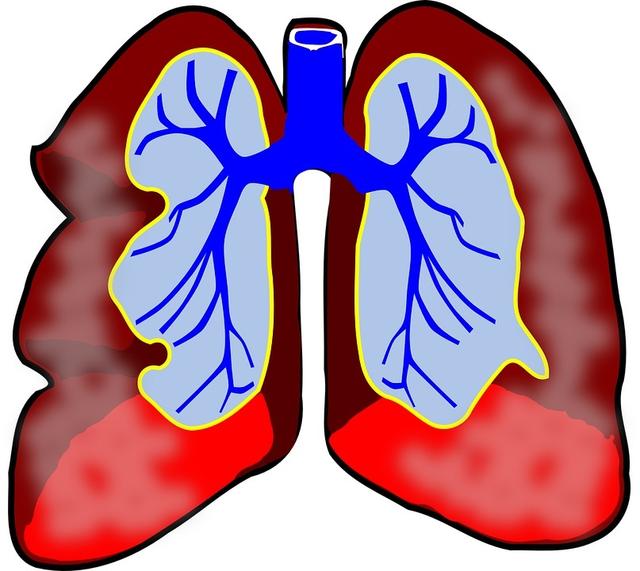Your Cart
Your Cart

Chronic obstructive pulmonary disease (COPD) is a lung disease that blocks airflow from the lungs. This condition makes it especially difficult to breathe. Unfortunately, COPD symptoms only begin to show when prominent lung damage has developed. It occurs as a result of long-term exposure to certain gases, primarily cigarette smoke. Fortunately, COPD can be treated and allow individuals to maintain a high-quality of life and reduce their symptoms.
Some of the COPD symptoms you may experience include:
Loss of breath
Tight chest
Swollen ankles, legs or feet
Chronic cough that produces mucus that may be green, yellow, or white
Blue lips or fingertips
In addition to inhaling or exposure to cigarette smoke, these are the other COPD risk factors:
Burning fuel fume exposure: Long-term exposure to chemical fuels or fuels from cooking and badly ventilated heating can put you at risk of developing COPD.
Genetics: The genetic disorder alpha 1-antitrypsin deficiency is quite rare, however, it does cause certain cases of COPD.
COPD is diagnosed via different tests and a review of medical and family history and condition symptoms. If the doctor determines COPD as your condition, there are a variety of treatment methods to reduce symptoms. These include pulmonary rehabilitation, medications, quitting smoking completely, oral steroids or combination inhalers. Although quitting smoking is no easy process, there are several nicotine replacement solutions or medications to help combat smoking.
Notice: The above information is an educational aid only. Always consult your healthcare provider to ensure the information displayed on this page applies to your personal circumstances.